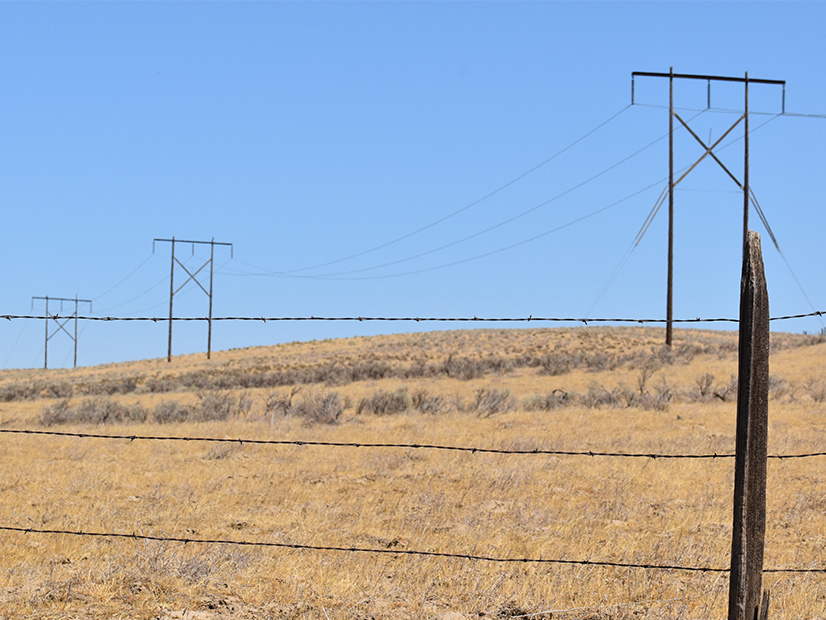The Western Energy Imbalance Market (WEIM) took on the Bonneville Power Administration and Tucson Electric Power (TEP) (NYSE:FTS) as new participants on Tuesday, marking the market’s largest single expansion since it began operating in November 2014 with PacifiCorp as its first member.
BPA’s journey into the WEIM has been an especially complicated one. The federal power marketing administration first announced its interest in joining the market in 2018. What followed was three years of stakeholder meetings to make a final determination on membership, at times held in parallel with workshops to help prepare the agency’s customers for implementation.
The agency was originally scheduled to begin trading in the WEIM in early April, along with Pacific Northwest utilities Avista and Tacoma Power. But in January, BPA officials postponed entry to address technology and customer training issues, giving the final go-ahead for the May 3 entry only two weeks ago after determining those problems had been sufficiently addressed. (See BPA Set to Go Live in Western EIM in May.)
“Joining the Western EIM is a monumental and meaningful step in the modernization of our operations that unlocks a range of benefits for Bonneville and our customers,” BPA Administrator John Hairston said in a statement. “As we explore additional market-based opportunities to maximize the value of our surplus power and the Northwest’s federal transmission system, we will ensure that they are consistent with our statutory authority and further our ability to deliver affordable, reliable energy to our customers.”
BPA brings a massive amount of transmission into the WEIM. The agency’s 15,000 miles of lines comprise about 75% of the network in the Northwest, and its partial ownership of the California-Oregon Intertie and the Pacific DC Intertie will greatly increase the WEIM’s transfer capability between the Pacific Northwest and California.
BPA also controls 31 hydroelectric projects in the Federal Columbia River Power System (FCRPS), rated at a combined 22.5 GW. Its balancing authority area additionally interconnects generation from other numerous other producers, including over 2.9 GW of nameplate wind capacity.
Hydro accounts for about 80% of the generation capacity in BPA’s BAA, followed by wind (10.2%), nuclear (4.3%), gas (3.9%) and geothermal (1.4%). In the WEIM, the Northwest’s hydro output is expected to serve as a fast-ramping, firming complement to California’s rapidly growing — and variable — solar capacity. On the flip side, load-serving entities in the north should be better positioned to absorb CAISO’s mid-day solar surpluses.
‘Vital Source’
The entry of TEP further extends the WEIM’s reach into Arizona, with Arizona Public Service and Salt River Project already participating.
TEP owns or controls about 2,500 MW of generating capacity, including 298 MW of utility-scale solar and 429 MW of wind. Its service area contains about 301 MW of commercial and residential rooftop solar.
“We’re working toward a dramatic expansion of renewable resources, and participating in the WEIM provides another way to increase our use of wind and solar energy,” TEP CEO Susan Gray said.
The utility also operates 2,175 miles of high-voltage transmission, with key links into wind-rich New Mexico and the neighboring BAA of Public Service Company of New Mexico, which joined the market last year.
CAISO CEO Elliot Mainzer lauded BPA and TEP staff for their efforts in preparing to join the WEIM.
“I am very appreciative of the hard work and focus required to meet this important milestone and look forward to delivering real economic and environmental value to BPA and TEP customers, Mainzer said in a statement posted on LinkedIn.
In a separate statement, Mainzer, who formerly headed BPA, noted that the FCRPS “is a vital source of clean energy that will bring significant resource diversity and transmission capability to the WEIM.” He also called TEP “another highly valued partner in the Desert Southwest.”
With the entry of the BPA and TEP, the WEIM now includes 19 members accounting for 77% of the load in the Western Interconnection.
In the first quarter of this year, the market topped $2 billion in total benefits for its participants, reaching that mark 20 months after hitting $1 billion in benefits. (See Western EIM Tops $2B in Benefits.) The accumulation of benefits is expected to accelerate with the admission of BPA into the market.




